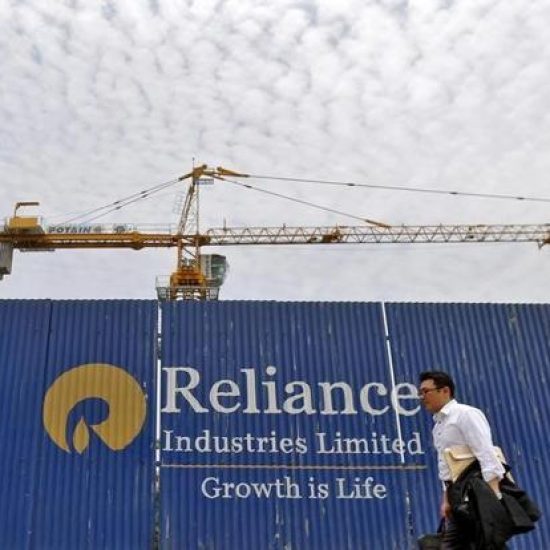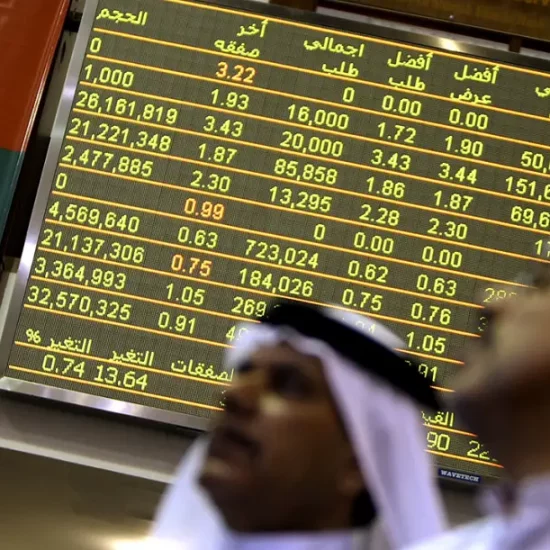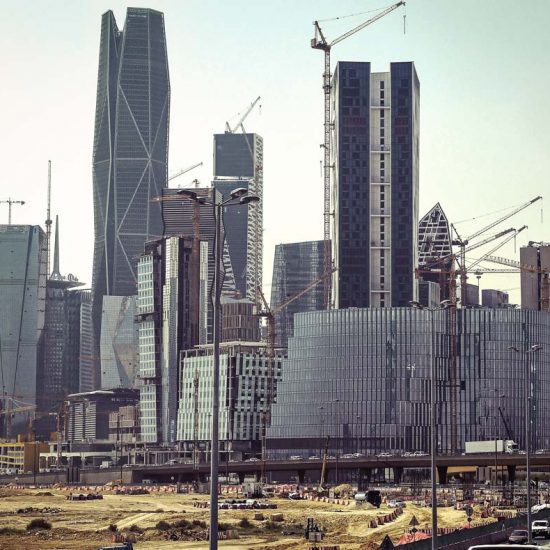|By Arabian Post Staff| Employment uncertainty and the rising cost of living continues to build deflationary pressures in the residential leasing market. As a result, residents are becoming increasingly cautious with their spending and gravitating towards affordable housing options, according to the latest Abu Dhabi MarketView by CBRE.
As of Q2 2017, average rentals declined by nearly 11% year-on-year and 3% quarter-on-quarter. However, analysis of the market reflects a high degree of fragmentation, with upscale properties experiencing larger drops of around 12%, against more affordable properties which have declined between 6-10% during the same period.
Commenting on the report, Mat Green, Head of Research and Consulting, CBRE Middle East said, “As vacancy rates increase, rental declines are also increasing, driven by the addition of new units in locations such as Reem Island, as well as various stand-alone properties across the capital. As residents become more prudent in their spending, smaller units in cheaper suburban locations are finding more favour.”
The residential sales market continues to see declining sales values and low transaction volumes, with prices falling 4% during Q2 2017. Al Raha Beach and Reem Island remain as popular investment locations, with typical sales rates ranging from AED14,000–17,200/sqm. More affordable investment locations, such as Al Reef and Hydra Village, have prices ranging between AED8,400 12,175/sqm, and remain in high demand due to their lower price point and community environement.
However, the delivery of new residential units over the next 12 months is likely to further dampen an already weak sales market, with investors on hold with their buying decisions in anticipation of further dips in prices.
According to the report, the Emirate recorded 1.12 million hotel visitors during Q2 2017, roughly 10% higher than Q2 2016. However, despite the rising guest numbers, Abu Dhabi’s hospitality market continues to face mounting challenges, amidst rising new supply, and a prevailing weak corporate market, which combined have resulted in a notable drop in revenue performance.
“With soft conditions across the traditional tourism segments, the Tourism and Culture Authority has set sights on developing the cruise industry. The Emirate is hoping to welcome close to 250,000 passengers during the main cruise season, which runs from October to June,” said Green. Total cruise passengers are forecasted to grow by a Compound Annual Growth Rate (CAGR) of 22%, reaching 450,000 passengers by 2020.
According to data from STR Global, Abu Dhabi’s year-to-date occupancy rate to June 2017 reached 70%, down from 72% in 2016. During the same period, the average ADR dropped from AED468/room/night in 2016 to reach AED 435/room/night in 2017, equating to a 7% annual decline.
Following the occurrence of declines in occupancy and ADRs, average RevPAR also fell by around 10% to AED309/room/night in comparison to the AED339/room/night achieved in the year-to-date to June 2016.
Fundamentally linked to the performance of the hydrocarbon industry and the public sector, Abu Dhabi’s commercial market continues to suffer from weak demand, with companies consolidating across various business sectors, resulting in job cuts, and a lower number of new office requirements. This has also resulted in an increase in the volume of space becoming available for sub-lease as occupiers try to shed excess capital costs from their balance sheet.
Cost saving strategies across both public and private agencies, coupled with increasing supply, have resulted in sustained rental declines. Prime office rentals in Abu Dhabi have dropped by around 5% from AED1,850/sqm/annum in Q2 2016 to AED1,750/sqm/annum in Q2 2017.
“In contrast, the secondary office market has experienced more severe and widespread rental deflation, as well as rising vacancy rates. As a result, rental rates for secondary offices are now averaging AED900/sqm/annum, down 11% from the same period last year. On top of lower average rentals, occupiers are now also benefitting from greater landlord flexibility, with a wider array of incentives available to them, including more flexible leasing terms and rent-free periods,” concluded Green.








